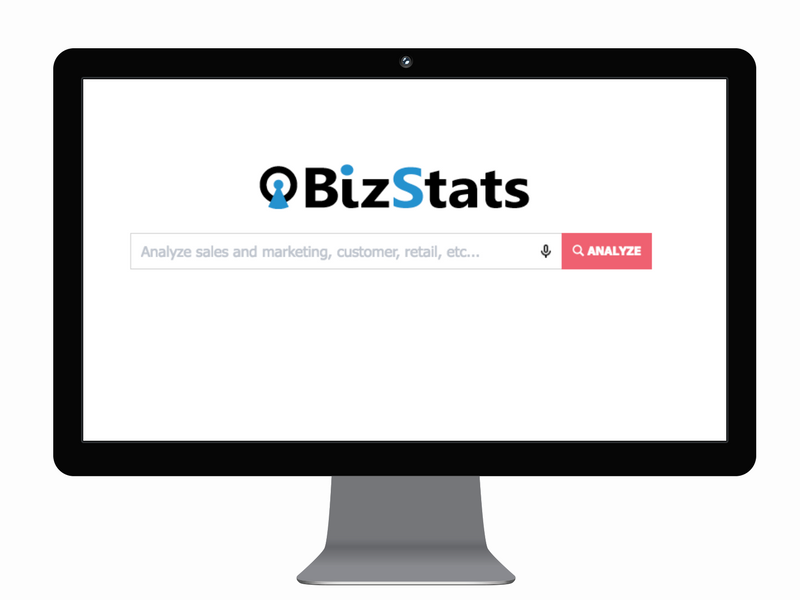As we focus more and more on the dynamics of the digital world, the increasing complexities of Big Data has started to serve bigger purpose for increasing engagement and sales. Technological advancements in mobile and Big Data analytics has proven to have tremendous potential to improve marketing, customer experience, and store footfall. Foot traffic is a primary component of any brick-and-mortar location to understand and analyse their success rate. In simple logic, higher the footfall implies higher customer engagement. Understanding and measuring foot traffic is crucial in determining sales strategy for the business. However, with the emergence of Big Data, data flow has increased considerably leaving analysts with the ability to segregate data based on requirement. Although the advantages of having more than enough data is enormous, it is also important for analysts to pick the right data to acquire the right result. In order to understand customer footfall accurately, retailers must collect several types of data including:
- Time in the store
- Customer walk-in time
- Preferred sections of the store
- Customer demographics and geography
- Cross-store data
Time in the store
The amount of time customers spend inside the store is an important data point that should be collected by analysts. This shows the customer interest in the product and brand that acts as a positive component for marketing strategy.
Customer walk-in time
Studying the most preferred time for customer in-store walk-in is critical to leverage the customer interest towards the product. Stores can implement offers or services around the high footfall time to capture attention.
Preferred sections of the store
Sometimes certain sections of the store are more preferred than the rest. Understanding customers’ interest helps tame the store to meet their needs. Converging towards prospects’ needs has better results in terms of increasing sales numbers.
Customer demographics and geography
Understanding customer profile helps in planning marketing strategy. Customer segmentation is a vital component of sales and marketing effort and understanding customer base is key to brand success.
Cross-store data
If a store has multiple locations, evaluating each store’s performance helps understand the money spent. Performance of each store should be calculated to further invest or disinvest from a store. 
How to Measure Foot Traffic
In-Store analytics
Combing through in-store footfall can be tricky as several factors needs to be considered. Amount of time spent, number of sections visited, etc. Some of the most commonly used in-store analytics include monitoring security camera to note down the number of visitors, busiest part of the day and etc, by closely monitoring actual entries. Another method is to use heat sensors within the store to identify positive response towards product sections.
Social engagement
Capitalising brand’s social presence is an excellent way to track foot traffic inside store. From making customers answer surveys, to collecting e-mail ids online, several options can be utilised to increase visitor engagement with the brand.
Some of the tools that can be used in offline retail stores to measure foot traffic
RadioLocus
Using Wi-fi signals, RadioLocus creates a path of visitors in the store to study the planograms and understand store layout. The effectiveness of this app is exemplified to understand repeat customers, customer profiling and gathering psychological components to better their in-store marketing plan.
Foursquare
One of the popular social check-in apps is Foursquare that can be expanded into a data provider for retailers to help them understand their customers better. Their ability to exclusively produce foot traffic data for brands and retailers. Collecting data from their database of locations and anonymized in-store visits data.
You can do foot traffic analysis using Bizstats cloud by asking your questions. If you are not tried Bizstats yet, you can try our demo now !



